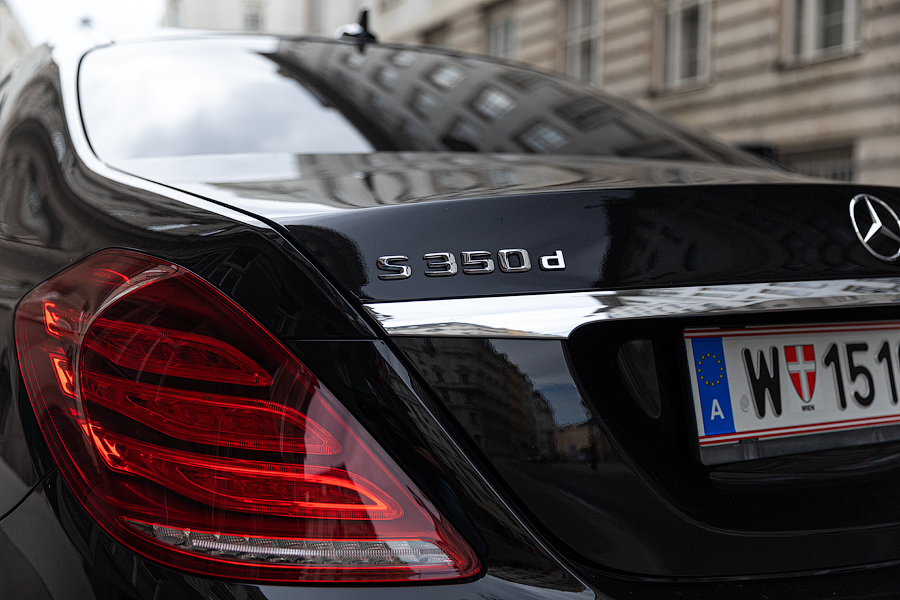For visitors and potential residents alike, one question often arises: “Do I need a car in Vienna?” The short answer is “No,” and here’s why:
1. Efficient Public Transport
Vienna boasts one of Europe’s most efficient and comprehensive public transportation systems:
- U-Bahn and S-Bahn: These metro and city rail services respectively, crisscross the city, ensuring that you are never more than a few minutes away from the nearest station.
- Trams and Buses: The extensive tram and bus network complements the U-Bahn and S-Bahn, ensuring complete coverage of the city.
- Night Services: Vienna offers night buses and trains for those who wish to explore the city after dark or need to get home after a long night out.
- Affordability: For regular users or people, who come to Vienna for a short visit, the city offers various types of tickets, that are convenient and affordable. For longer stays there is the 365 days-ticket and if you just come for visiting, then the Easy City pass will give you luxury of using the public transport and discounts on museums and attractions.
2. Compact City Structure
The historic center of Vienna is compact and easily navigable on foot. Most of the major attractions, such as St. Stephen’s Cathedral, the Hofburg, and the Belvedere Palace, are within walking distance of each other. Vienna promotes and realizes the 15-minute city – with short travel distances, vibrant, mixed-use neighborhoods, and a redistribution of public road space in favour of active mobility, public transport, and attractive places to linger.
3. Cycling Friendly
Vienna is continually enhancing its infrastructure to accommodate cyclists. With numerous bike lanes, dedicated traffic lights, and the Citybike Wien service (a bike-sharing program), cycling in Vienna is both convenient and safe. Right now, the city is working on its masterplan to improve the bike lanes and connections, so in the end, the city will have a fully connected bike infrastructure.
4. Parking Constraints
Like many European cities, parking in Vienna can be both scarce and expensive. There are short-term parking zones in all districts of Vienna. This means that motor vehicles may only be parked in these zones for a restricted period of time, and vehicle holders are required to pay a parking fee. Additionally, you need a permanent parking permit to have your car parked in your residential district. Having a car might thus become more of a hassle than a convenience.
5. Environmental Concerns
Vienna places a significant emphasis on sustainability. Using public transportation, walking, or cycling contributes to the city’s goal of reducing emissions and traffic congestion. Supporting these goals brings more quality to the city and the environment.
6. Excellent External Connections
If you wish to explore outside Vienna, the city is well connected by train and bus services to other parts of Austria and neighbouring countries. The Hauptbahnhof (main train station) and the Westbahnhof offer efficient services to destinations like Salzburg, Budapest, and Prague.
7. Rental & Car-Sharing Options
If you occasionally need a car, there are several car rental agencies, as well as car-sharing programs like “DriveNow” and “Car2Go”, which allow you to rent a car for short periods, providing the flexibility of a vehicle without the commitment.
Conclusion
While owning a car might be beneficial in more rural areas or for specific needs, the consensus is that a car isn’t necessary for those living in or visiting Vienna. The city’s advanced public transportation, combined with its pedestrian and cycling infrastructure, makes it easy and environmentally friendly to get around. This, coupled with the hassles of parking and traffic, makes opting out of car ownership in Vienna a smart choice for many.




